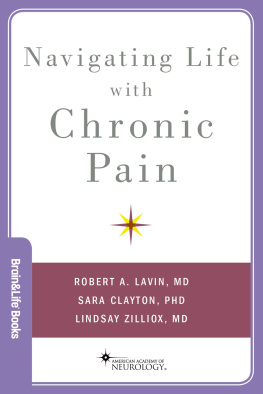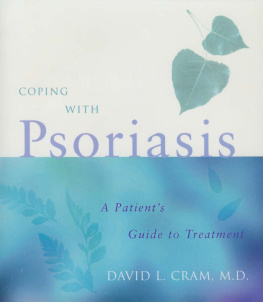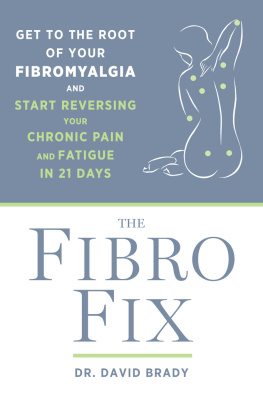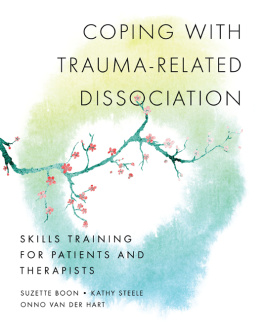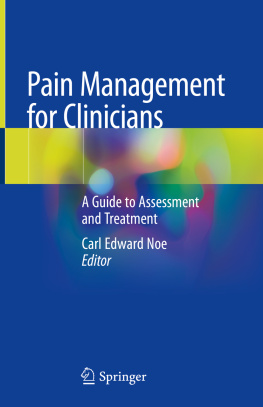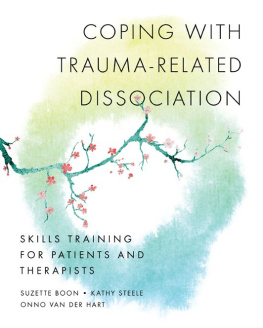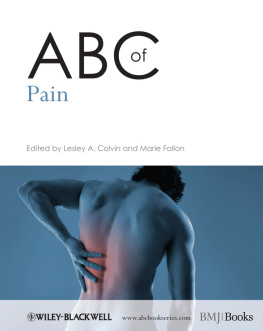
The Norton Series on Interpersonal Neurobiology
Daniel J. Siegel, M.D., Series Editor
The field of mental health is in a tremendously exciting period of growth and conceptual reorganization. Independent findings from a variety of scientific endeavors are converging in an interdisciplinary view of the mind and mental well-being. An interpersonal neurobiology of human development enables us to understand that the structure and function of the mind and brain are shaped by experiences, especially those involving emotional relationships.
The Norton Series on Interpersonal Neurobiology will provide cuttingedge, multidisciplinary views that further our understanding of the complex neurobiology of the human mind. By drawing on a wide range of traditionally independent fields of researchsuch as neurobiology, genetics, memory, attachment, complex systems, anthropology, and evolutionary psychologythese texts will offer mental health professionals a review and synthesis of scientific findings often inaccessible to clinicians. These books aim to advance our understanding of human experience by finding the unity of knowledge, or consilience, that emerges with the translation of findings from numerous domains of study into a common language and conceptual framework. The series will integrate the best of modern science with the healing art of psychotherapy.
THE HAUNTED SELF
Structural Dissociation and the Treatment of Chronic Traumatization
Onno van der Hart
Ellert Nijenhuis
Kathy Steele

A Norton Professional Book
Contents
L IFE CAN BE AN ABIDING STRUGGLE FOR PATIENTS who have been chronically traumatized. They typically have a wide array of symptoms, often classified under different combinations of comorbidity, which can make assessment and treatment complicated and confusing for the therapist. Many patients have substantial problems with daily living and relationships, including serious intrapsychic conflicts and maladaptive coping strategies. Their suffering essentially relates to a terrifying and painful past that haunts them. Even when survivors attempt to hide their distress beneath a faade of normalitya common strategytherapists often feel besieged by those patients many symptoms and serious pain. Small wonder that many survivors of chronic traumatization have seen several therapists with little if any gains, and that quite a few have been labeled as untreatable or resistant.
In this book we share what we have learned from treating and studying chronically traumatized individuals across more than 65 years of collective experience. We have listened closely to our patients, struggling to understand their complex and sometimes astounding internal experiences, which they often find difficult and frightening to put into words. We have learned from practical, theoretical, and scientific reflection, and have been stimulated in these regards by the rich literature on traumatization from the 19th century, the first decades of the 20th century, and more recent years. A variety of concepts from numerous psychological theories have been most helpful in our quest, including learning, systems, cognitive, affective, attachment, psychodynamic, and object relations theory. Recent developments in evolutionary psychology and psychobiology, especially affective neuroscience and psychobiological trauma research, have been a major inspiration. All these sources have contributed to our understanding that the essence of trauma is structural dissociation of the personality.
We use this concept to reinstate the original meaning of the term dissociation as formulated by Pierre Janet (18591947), the French philosopher, psychiatrist, and psychologist, who is regarded as one of the most seminal psychiatric clinicians and thinkers of the last two centuries (Nemiah, 1989, p. 1527). His work is essential for the understanding and treatment of trauma-related disorders. Structural dissociation is a particular organization in which different psychobiological subsystems of the personality are unduly rigid and closed to each other. These features lead to a lack of coherence and coordination within the survivors personality as a whole.
Our proposal of the term structural dissociation (of the personality) stems from an urgent need. There are currently so many confusing and often contradictory definitions of dissociation that the concept has become very problematic. For example, the term can represent symptoms, a conscious or unconscious mental activity or process, a defense mechanism, and still more. And the range of symptoms that are now described as dissociative has become so broad that the category has lost its specificity. Apart from the manifestations of structural dissociation of the personality, dissociative symptoms are also said to include a host of common and pathological alterations of consciousness. As we discuss in this book, we regard this extension as a serious miscategorization.
In this book we propose the theory of structural dissociation in combination with a Janetian psychology of action. This psychology of action, which has its roots in Janets pioneering work, defines the nature of adaptive and thus integrative actions in which we as human beings must engage to function at our best. Such actions need to be promoted not only in our patients, but also in ourselves as therapists. Indeed, we have learned that the psychology of action is highly applicable to everyone. We discuss the way in which the personality of the traumatized individual is organized, and why many of his or her mental and behavioral actions are maladaptive. The theory of structural dissociation and the Janetian psychology of action presented in this book also detail the kind of integrative actions in which the survivor must engage in order to put his or her haunted past to rest and to make present life more successful.
This book is primarily intended for clinicians, but will also be of interest to students of clinical psychology and psychiatry, as well as to researchers. Therapists who treat adult survivors of chronic child abuse and neglect will find helpful insights and tools that may make the treatment more effective and efficient, and more tolerable for the suffering patient. And they may, as we did, rediscover an old truth that sometimes nothing is as practical as a good theory. We believe the theory and treatment approach presented in this book are also relevant to colleagues involved in the treatment of traumatized refugees, torture victims, and combat veterans, as well as those who mostly focus on therapy of adults traumatized by single events, such as rape, terrorist attacks, road accidents, and natural disasters.
This book will help prepare students of clinical psychology and psychiatry for the assessment, treatment, and scientific study of severely traumatized patients. Researchers can learn that the theory of structural dissociation is a strong heuristic: Many testable and refutable hypotheses can be derived from it. For example, the theory suggests how the mental and behavioral actions of survivors shift with the type of dissociative part that exerts executive controla fact that has been largely overlooked in the field of traumatic stress studies.
Relatively short-term approaches have been recommended for single incident traumatization and posttraumatic stress disorder (PTSD; APA, 1994); for example, cognitive behavioral therapy and eye movement desensitization and reprocessing (EMDR; Foa, Keane, & Friedman, 2000; Foa & Rothbaum, 1998; Follette, Ruzek, & Abueg, 1998; Resick & Schnicke, 1993). There is no research showing that these approaches represent adequate treatment for survivors of chronic traumatization if they are applied outside of a phase-oriented treatment such as the one proposed in this book. In fact, severe comorbid psychopathology, a common feature of trauma survivors, emerged as the predominant reason for exclusion of participants across PTSD treatment efficacy studies (Spinazzola, Blaustein, & Van der Kolk, 2005). Furthermore, single traumatizing events in adulthood all too often reactivate earlier unresolved, traumatic experiences. Some survivors of chronic traumatization may have managed their difficult lives, albeit with much effort and in spite of their impaired integrative capacity, but develop a trauma-related disorder later in life when they become tested beyond their integrative limits. For these patients, relatively straightforward and short-term treatment is often not adequate. Patients with cumulative traumatization typically require more complicated and long-term treatments, and this book focuses on the treatment of these survivors.
Next page

